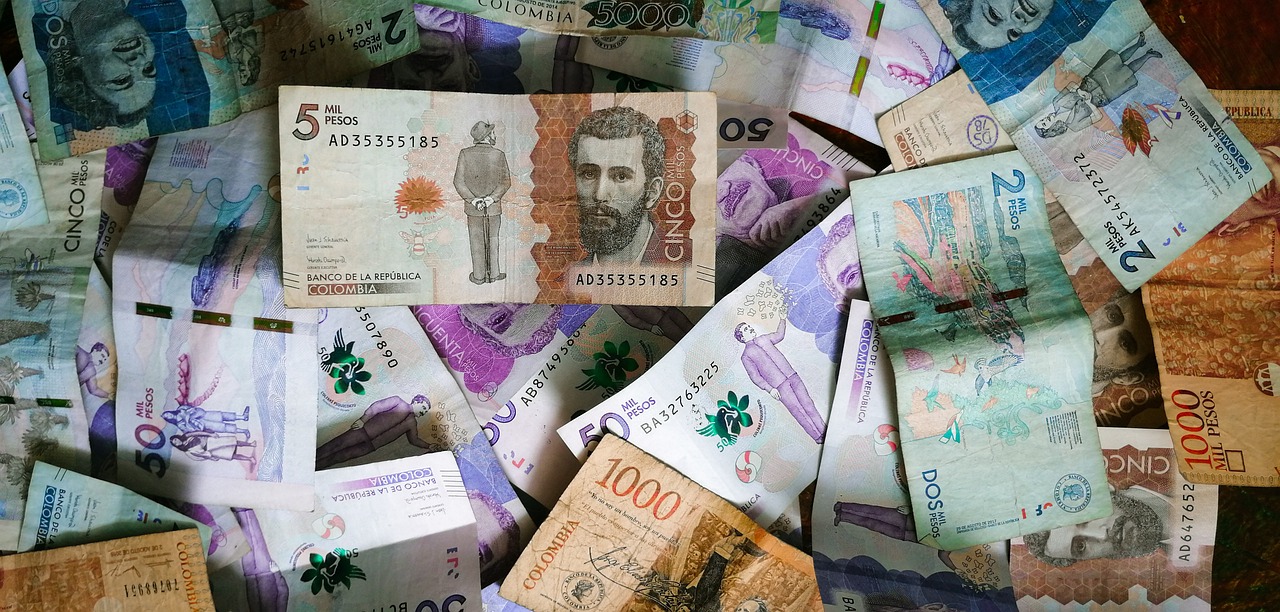Guide to Sending Money with a Prepaid Visa Card: Fees, Transfers, Safety & More
GPT_Global - 2025-09-09 21:00:35.0 23
What is the best way to send money using a prepaid Visa card for low fees?
Sending money internationally with low fees is a top priority for many users, and a prepaid Visa card can be an ideal solution for remittance services. Prepaid Visa cards offer convenience, security, and flexibility, making them an excellent choice for sending funds across borders.
To minimize transaction fees, consider using a prepaid Visa card that offers low-cost money transfer services. Many remittance businesses allow you to load funds onto a prepaid Visa card, which can then be used to send money online or at physical locations. This eliminates the need for bank accounts or complicated wire transfers, reducing potential fees.
One of the best ways to send money with low fees is to use a service that partners with Visa’s global network. Look for a remittance service that offers competitive exchange rates and minimal transaction fees. Some services even allow users to send funds directly to the recipient’s prepaid Visa card, cutting out additional intermediaries and costs.
In summary, using a prepaid Visa card for money transfers is a cost-effective option for remittance. Always research and compare fees across providers to find the best deal for your needs.

Can I send money using a prepaid Visa card at an ATM?
Many people wonder if they can send money using a prepaid Visa card at an ATM. The short answer is no—ATMs are typically designed for cash withdrawals, deposits, or balance inquiries, not for transferring funds directly from a prepaid card. This limitation often frustrates users who want a quick way to send money to friends or family abroad. However, prepaid Visa cards can still be used in remittance transactions through alternative methods. For example, you can use the card to fund transfers online via remittance service providers. These platforms allow you to load money from your prepaid card and send it instantly to a recipient’s bank account, mobile wallet, or cash pickup location. For anyone sending money internationally, using a dedicated remittance service is usually faster and more secure than attempting to use an ATM. Many remittance businesses accept prepaid Visa cards as a funding source, making it easy for customers who don’t have traditional bank accounts. By choosing the right platform, you can enjoy competitive exchange rates, low fees, and reliable delivery times. In conclusion, while ATMs won’t let you send money directly from a prepaid Visa card, remittance services bridge the gap. They provide an accessible, efficient, and secure way to send money worldwide.How do I track the money sent from my prepaid Visa card?
Tracking money sent from your prepaid Visa card is an essential step to ensure your remittance reaches the right recipient safely and on time. Prepaid Visa cards are widely accepted for international money transfers, and most issuers provide tools to monitor transactions in real time.
The easiest way to track your transfer is through the card issuer’s online portal or mobile app. After logging in, you can review your transaction history, check the transfer status, and confirm whether funds have been received. Many providers also send SMS or email notifications for added convenience.
If you use your prepaid Visa card through a remittance service, you can usually track your transaction by entering a reference number provided at the time of transfer. This ensures transparency, giving you peace of mind that your money is moving securely. Always keep your receipt and reference details safe until the transfer is complete.
By leveraging prepaid Visa cards for remittances, you gain both flexibility and security. Combining card issuer tools with trusted money transfer services allows you to monitor your funds effectively, making cross-border transactions smooth and stress-free.
Are prepaid Visa cards eligible for refunds on money transfers?
Prepaid Visa cards have become an increasingly popular option for handling money transfers. However, one question that often arises is whether these cards are eligible for refunds when it comes to remittance transactions. The short answer is, it depends on the remittance service and the specifics of the transfer.
Typically, prepaid Visa cards are linked to the same refund policies as regular debit or credit cards. If you used a prepaid Visa card to send money, refunds for the transaction may be possible, provided the money transfer service allows it. However, this might not always be the case for certain providers, as they may have specific terms related to prepaid card transactions.
In most instances, the refund process can take several business days, and the funds will be credited back to the original prepaid Visa card. It is always advisable to check with the remittance provider beforehand to understand their specific refund policy and whether prepaid cards are eligible for refunds.
Ultimately, it's essential to be aware of the terms and conditions associated with your prepaid Visa card and the remittance service to ensure a smooth refund process if needed.
Can I send money to a bank account using a prepaid Visa card?
Sending money to a bank account is a common task for individuals and businesses alike, but can it be done using a prepaid Visa card? The short answer is yes, it is possible to transfer funds from a prepaid Visa card to a bank account, but there are certain conditions to consider.
Prepaid Visa cards are widely used for online and in-person purchases, as well as for money transfers. To send money to a bank account, you typically need to use a third-party service such as a money transfer company or online payment platform that accepts prepaid Visa cards. These services allow you to load funds from your card to the recipient's bank account.
However, it’s essential to check the fees and transfer limits associated with these services. Some platforms may charge higher fees for using a prepaid Visa card compared to traditional bank transfers. Additionally, certain services may have restrictions on sending money internationally.
In conclusion, using a prepaid Visa card to send money to a bank account is feasible, but it’s crucial to review the terms and fees of the transfer service. Be sure to choose a trusted provider for secure and efficient transactions.
How can I ensure my prepaid Visa card has enough balance to send money?
Ensuring that your prepaid Visa card has enough balance to send money is crucial for a smooth remittance process. First, check your card’s balance regularly by using the card issuer’s mobile app, website, or calling customer service. Keeping track of your spending is important to avoid any surprises when sending funds.
Next, make sure to account for any transaction fees that may apply when sending money. These fees can vary depending on the remittance service provider, so be sure to factor this into your balance check. This will help you avoid having insufficient funds when trying to send money internationally or locally.
Another way to ensure sufficient balance is by setting up balance alerts with your card issuer. These notifications will inform you of your current balance, giving you an early warning if it’s running low. Additionally, consider loading your card regularly or setting up automatic reloading options to keep your balance in check.
Lastly, it's essential to review your remittance service provider’s terms and ensure your prepaid Visa card is accepted. Some services may have restrictions, so verify that your card is eligible for sending money to your desired destination.
Is sending money via prepaid Visa card safer than using a regular debit card?
When sending money abroad, safety is always a top concern. Many customers wonder if using a prepaid Visa card is safer than relying on a regular debit card. Both options provide convenience, but there are key differences in security that matter for remittances.
A prepaid Visa card is not directly linked to your personal bank account. This means if the card details are compromised, the risk is limited to the balance loaded onto the card. For people sending money to family members overseas, this offers an extra layer of protection against unauthorized withdrawals and fraud.
On the other hand, a regular debit card is tied to your bank account, making it more vulnerable if information falls into the wrong hands. Unauthorized access could potentially drain your entire account, creating serious financial risk. This makes debit cards less secure for international transfers.
For remittance businesses, recommending prepaid Visa cards can build customer trust. They provide security, flexibility, and peace of mind for those sending funds internationally. Ultimately, while both methods are common, prepaid Visa cards are often the safer choice for protecting hard-earned money during transfers.
About Panda Remit
Panda Remit is committed to providing global users with more convenient, safe, reliable, and affordable online cross-border remittance services。
International remittance services from more than 30 countries/regions around the world are now available: including Japan, Hong Kong, Europe, the United States, Australia, and other markets, and are recognized and trusted by millions of users around the world.
Visit Panda Remit Official Website or Download PandaRemit App, to learn more about remittance info.

